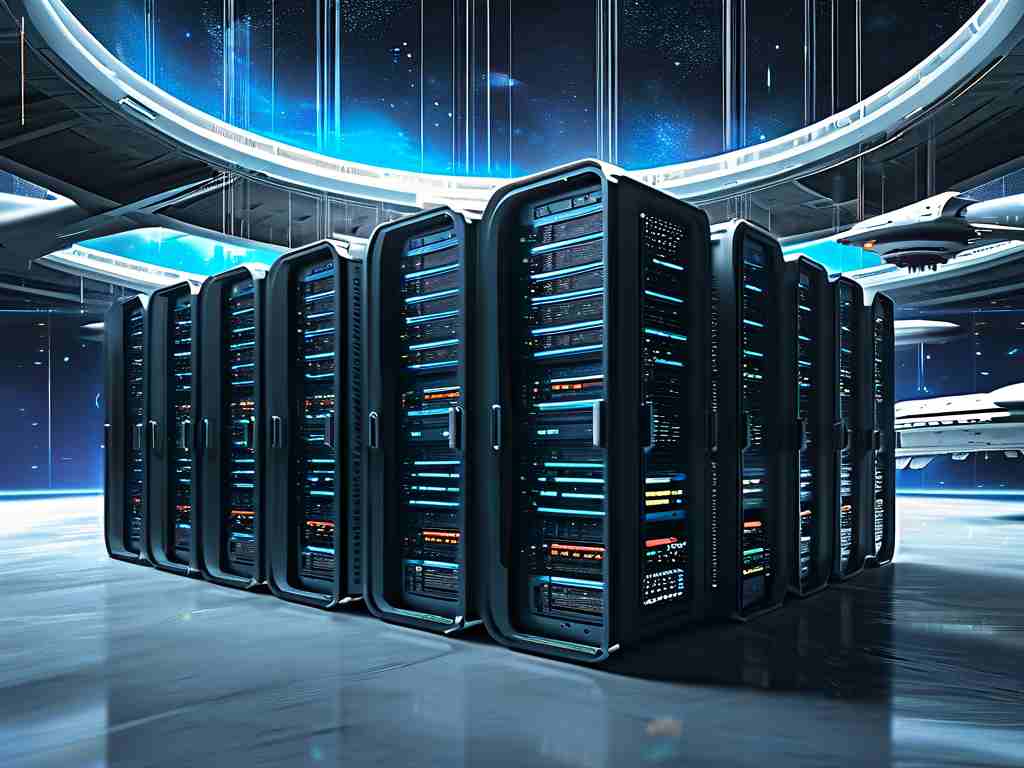The evolution of digital infrastructure has entered a transformative phase with the emergence of super cloud distributed architecture. This paradigm shift combines the scalability of cloud computing with the resilience of decentralized systems, creating a framework capable of supporting next-generation applications. Unlike traditional cloud models, this architecture eliminates single points of failure while optimizing resource allocation across global networks.

At its core, super cloud distributed architecture relies on a mesh of interconnected nodes that dynamically adapt to workload demands. For instance, a retail company handling seasonal traffic spikes could leverage this system to auto-scale server capacity without manual intervention. The integration of edge computing further reduces latency by processing data closer to end-users—a critical advantage for real-time applications like autonomous vehicles or IoT-enabled healthcare devices.
One defining feature is its use of blockchain-inspired consensus mechanisms. By decentralizing decision-making, the architecture ensures data integrity even in untrusted environments. A financial institution, for example, might deploy smart contracts across multiple nodes to validate transactions without relying on a central authority. This approach not only enhances security but also streamlines compliance processes.
Developers working within this framework often utilize tools like Kubernetes for container orchestration and Apache Kafka for event streaming. Below is a simplified code snippet illustrating resource allocation in a distributed environment:
def allocate_resources(nodes, workload):
for node in nodes:
if node.capacity >= workload:
node.process(workload)
break
Despite its advantages, challenges persist. Network fragmentation remains a concern, especially in regions with unstable connectivity. Hybrid models that blend centralized and decentralized elements are gaining traction as interim solutions. Companies like Azure and AWS have already introduced hybrid cloud services that integrate with distributed systems, offering a bridge for enterprises transitioning to full decentralization.
Another hurdle is energy consumption. Distributed networks require significant computational power, prompting research into green algorithms. Recent breakthroughs in quantum-resistant encryption and energy-efficient consensus protocols aim to address these issues. For example, Proof-of-Stake (PoS) mechanisms reduce energy use by 99% compared to traditional Proof-of-Work systems.
Looking ahead, the convergence of 5G and super cloud architecture will unlock new possibilities. Ultra-low latency networks will enable real-time collaboration across continents—imagine engineers in Tokyo and New York jointly editing 3D CAD models with zero lag. Similarly, AI training workflows could distribute tasks across thousands of edge devices, drastically reducing computation time.
Ethical considerations also come into play. Data sovereignty laws complicate cross-border data routing in distributed systems. Startups like Alchemy Cloud now offer geo-fenced node deployment to ensure compliance with regional regulations—a testament to the industry’s adaptive nature.
In , super cloud distributed architecture represents more than a technical upgrade—it’s a reimagining of how digital ecosystems operate. By blending scalability, security, and sustainability, this model lays the groundwork for innovations we’ve only begun to envision. As enterprises and developers embrace this shift, the line between cloud and edge will blur, giving rise to a truly interconnected digital universe.









